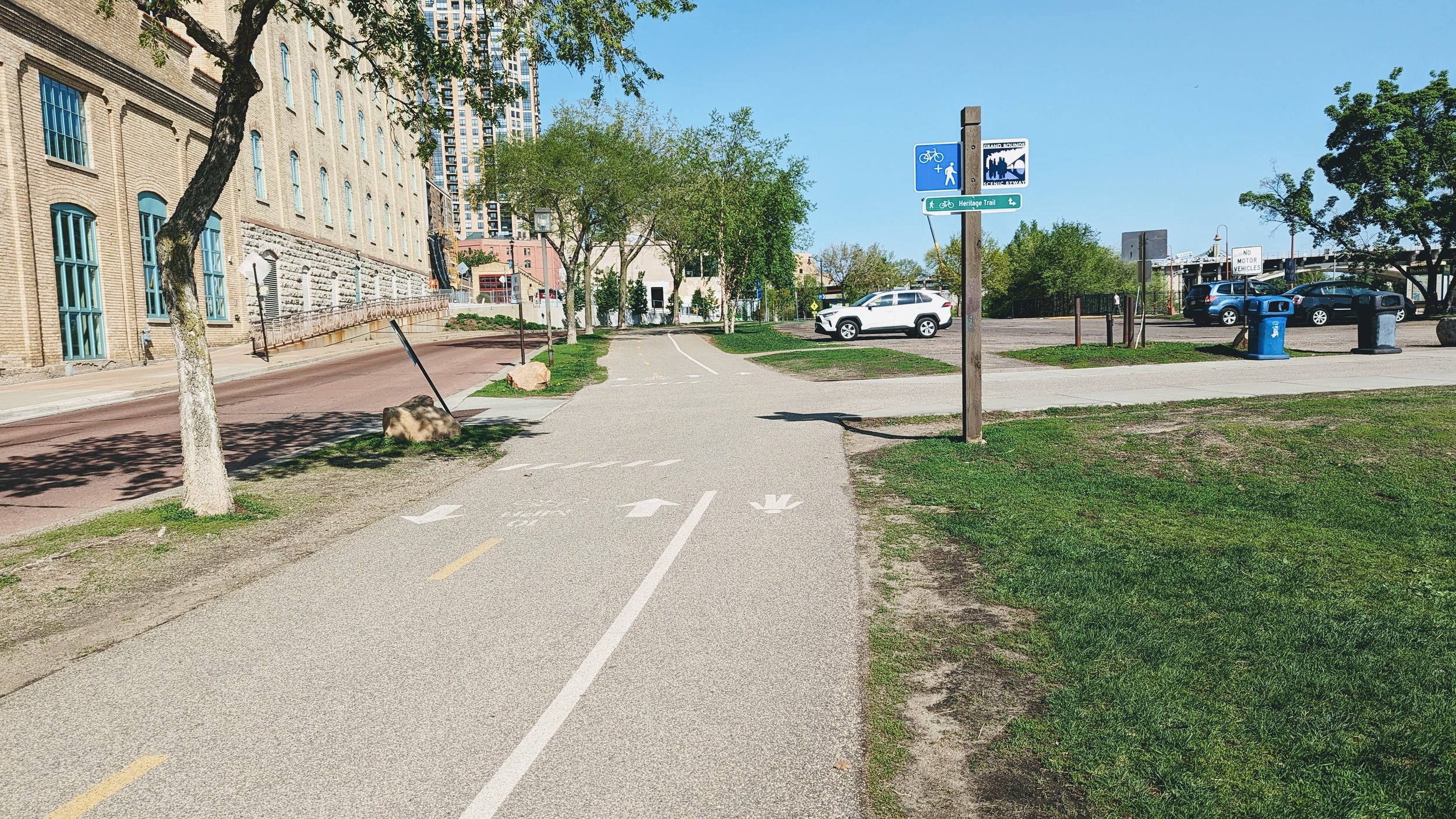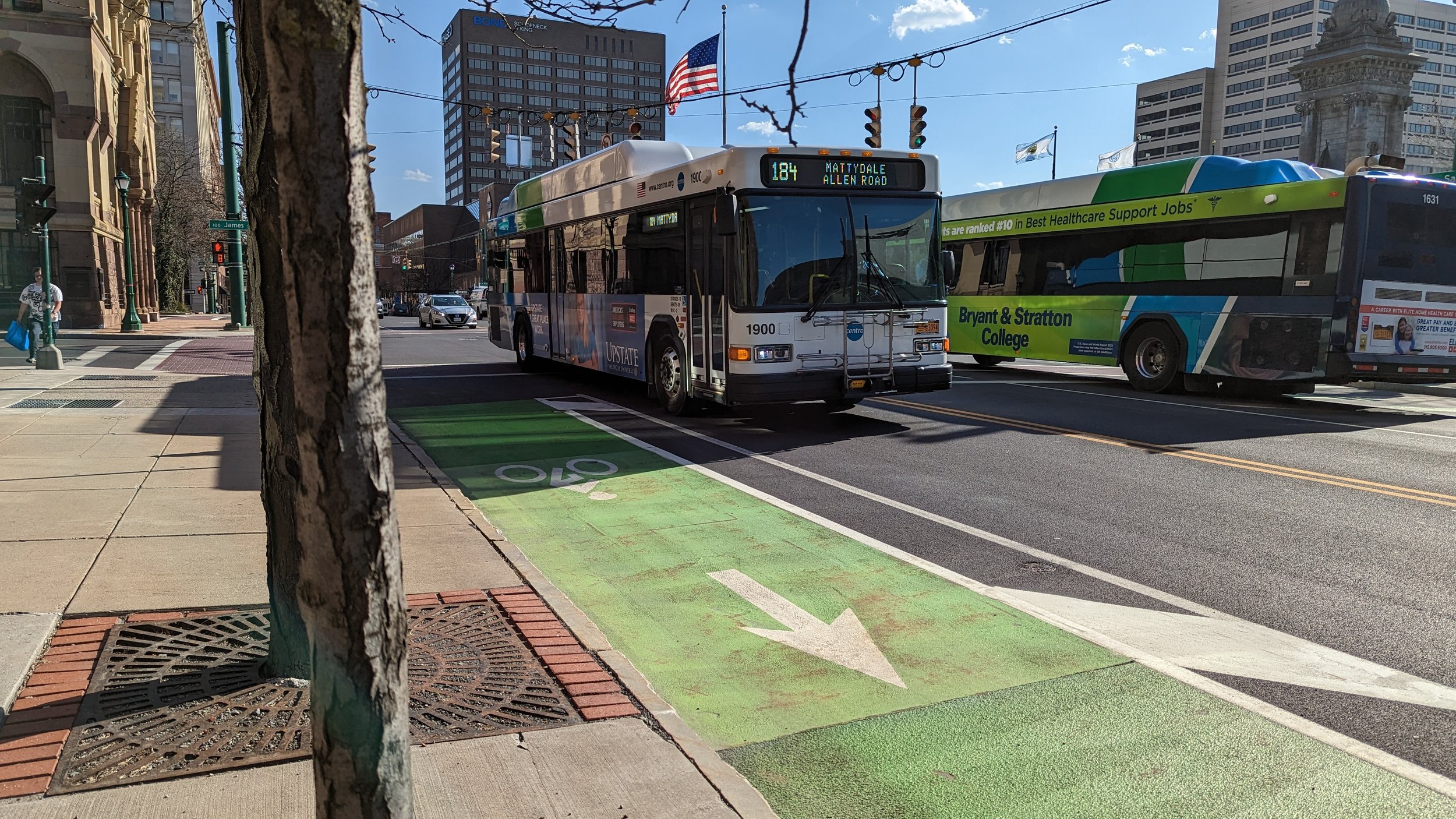Walkability is one of those terms that continually comes up in planning and development circles. Real estate websites champion the Walk Scores of different apartments and houses. Comprehensive plans highlight the desire of younger generations to live in walkable neighborhoods. But what does walkability mean?
In one of my earlier pieces on the holiday season, I highlighted the work of Jeff Speck, author of Walkable City: How Downtown Can Save America, One Step at a Time, who identifies four keys to making a city walkable:
Provide a proper reason to walk
Make the walk feel safe
Make the walk comfortable
Create an interesting walk
When we look across the City of Syracuse, we find islands of walkability; James St in Eastwood, Grant Blvd and N Salina St on the Northside, Westcott St on the Eastside. The prime example of this is Downtown Syracuse. As the central hub of the region, the neighborhood has a Walk Score of 93, achieving the title of “Walker’s Paradise.” While this is evident to anyone who spends time downtown, walking to and from Downtown to nearby neighborhoods is a different story.
Railroad bridges, highway overpasses, and overbuilt stroads (a term coined by Strong Towns to describe a thoroughfare that attempts to serve the purpose of a road and street while failing to do both) surround Downtown, cutting it off from close in neighborhoods. Poor sidewalk quality, underused lots, car storage, and wide intersections continue to break up what should be an easy walk.
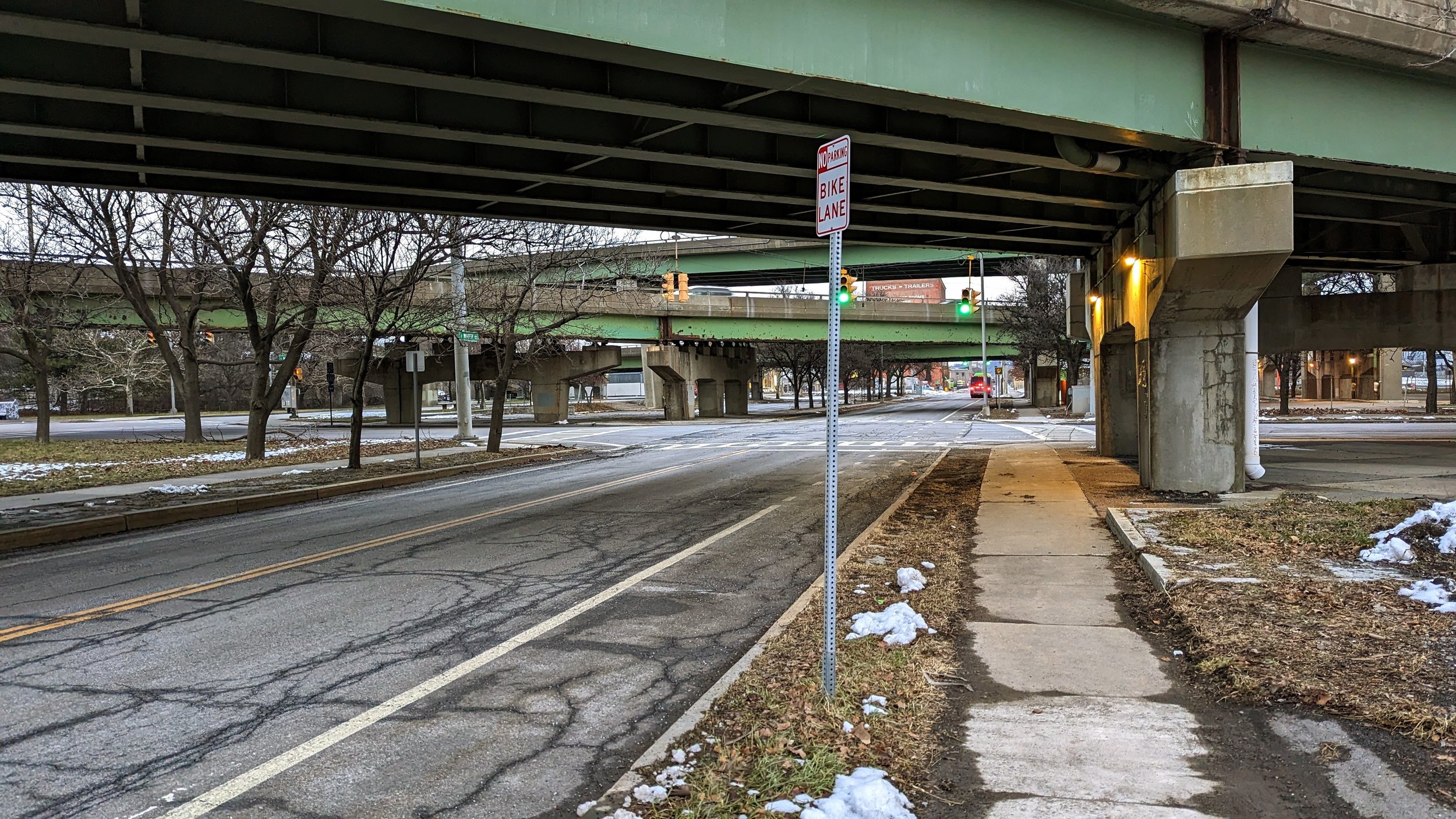
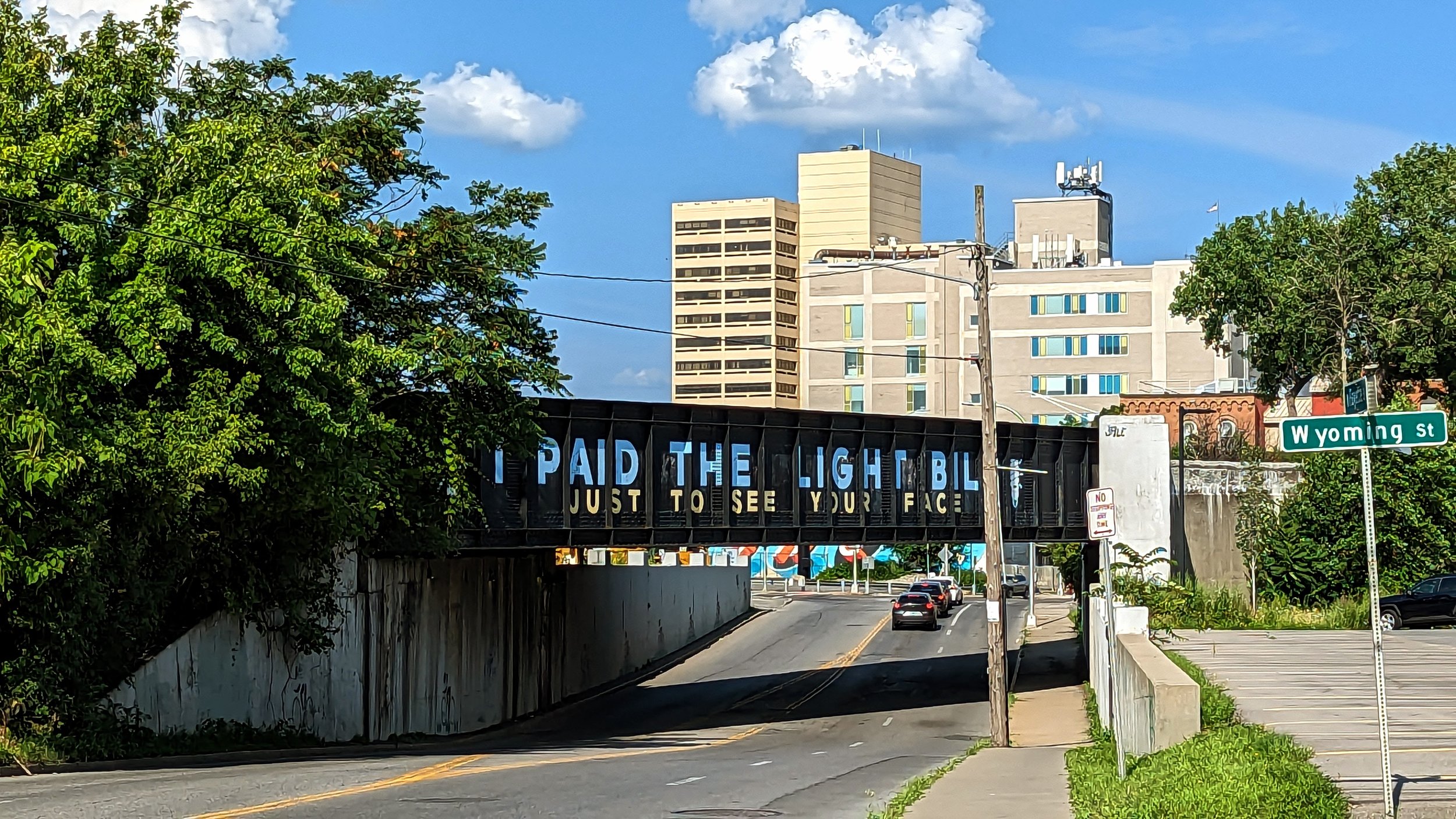
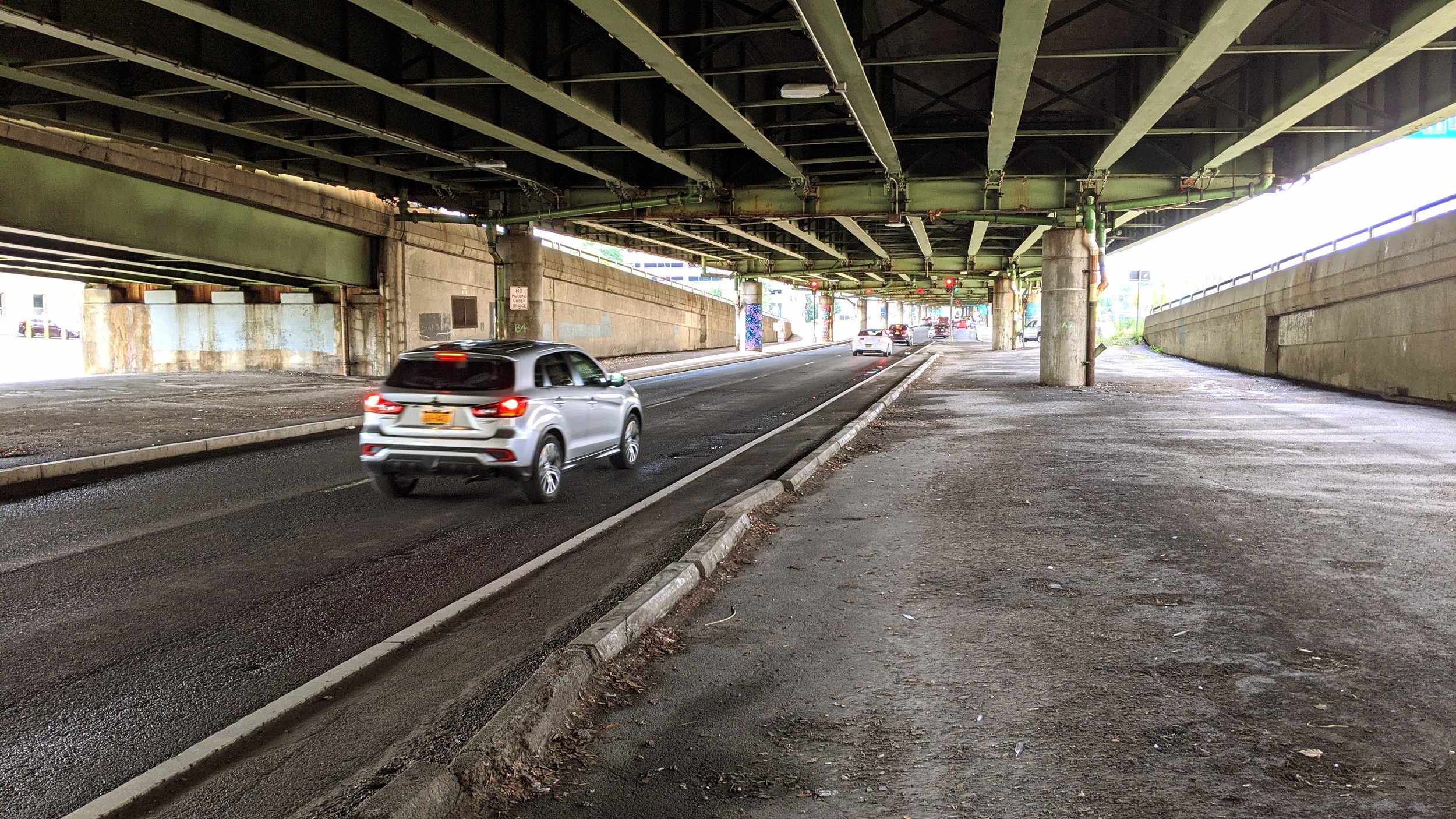
Most people, if given the right conditions, would be happy to go for a two-mile walk, roughly30 to 45 minutes. In larger cities, due to their interesting environments, frequent shops and restaurants, and quality pedestrian infrastructure, a two-mile walk goes by without thinking. When you walk under highways and next to parking lots, two-miles can seem like a never ending distance. Walking has also been continually associated with good health, mindfulness, and connection with your surroundings, as noted in a recent New York Times opinion piece. Nick Offerman, of Parks and Recreation, has even highlighted its personal values to him in a recent podcast episode and in his latest book.
For Downtown Syracuse to continue to grow and for the central, nearby neighborhoods to begin to thrive, improving these connections is vital. To demonstrate this, we’ll take a look at walks to key destinations within two-miles of Clinton Square in Downtown Syracuse. We will look at what the City is doing right, where improvements can be made, and envision some potential futures these corridors may have in store. As Syracuse looks to add density and improve our housing stock, these central neighborhoods will become increasingly important.
If we can improve connections within two-miles of our City’s center, we can rethink how these inner neighborhoods function and how they connect to one another. Gone will be the need for car storage, as people will easily be able to walk or bike to most of their daily needs. Most trips in America, especially beyond our commutes to work, are already under 3 miles. If we can make those miles attractive and pleasant to walk, people of all ages gain the freedom to explore their communities and understand neighboring ones in ways they don’t quite get to from a windshield perspective.

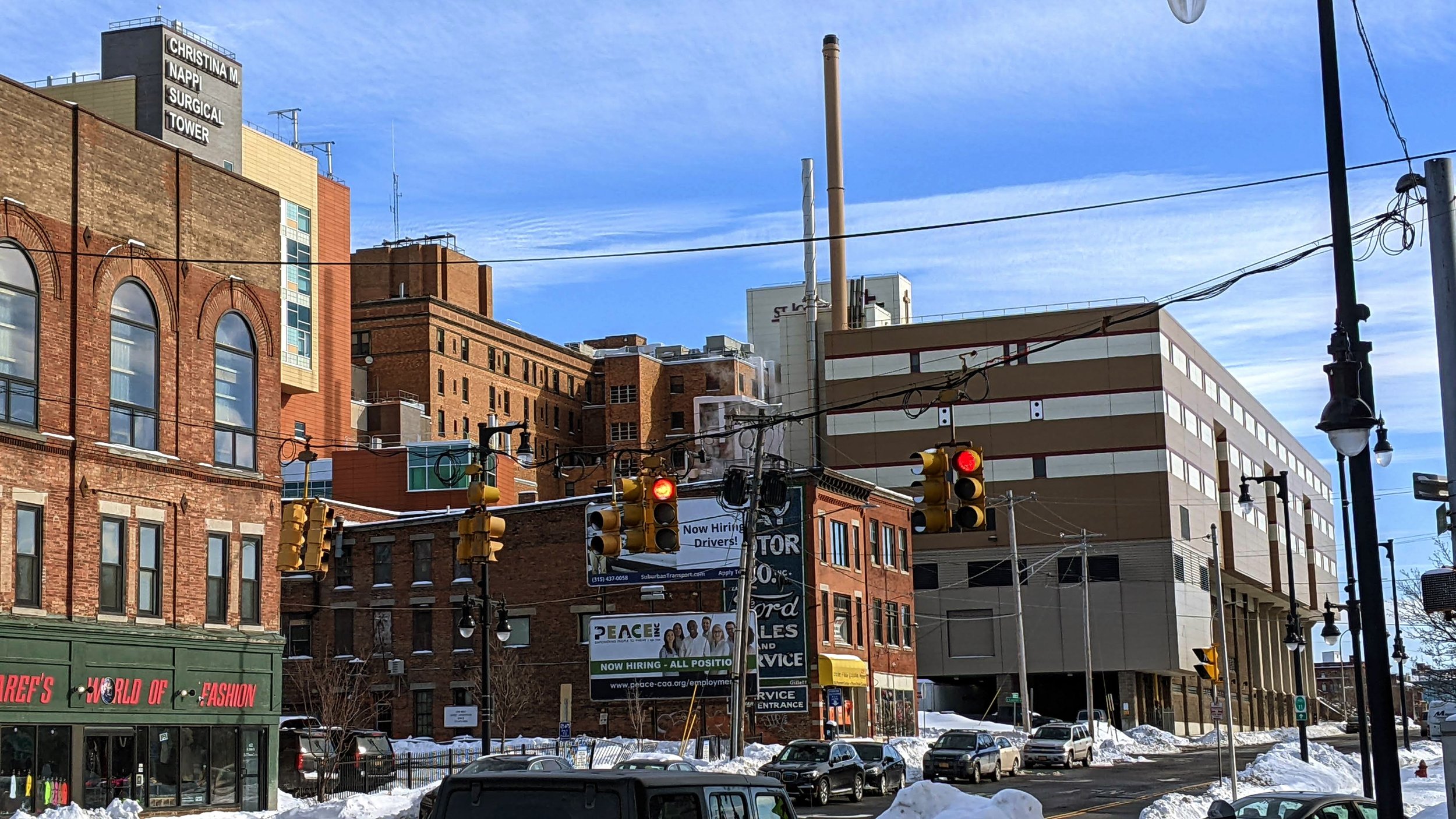
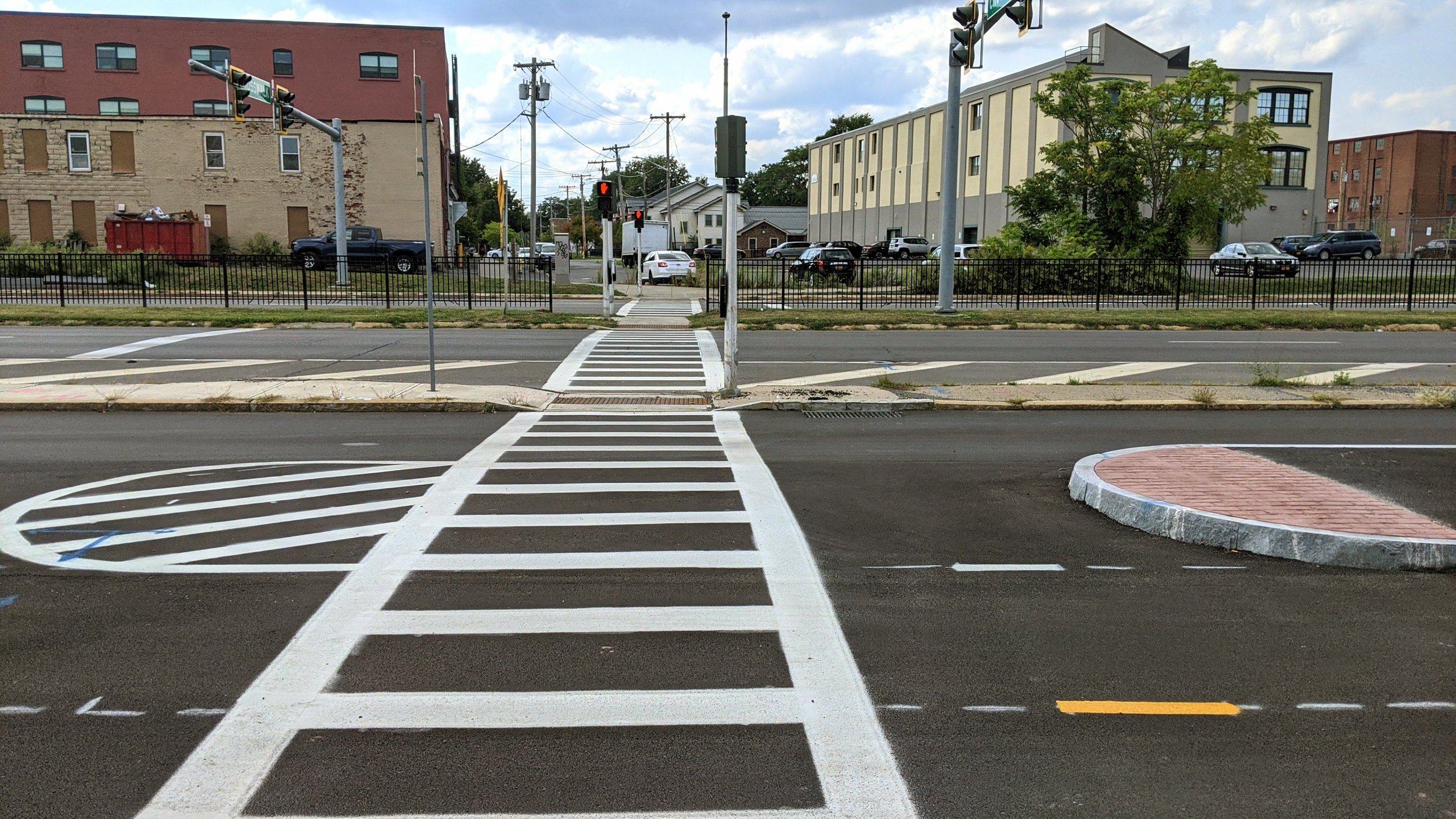
This will be an ongoing project to document these walks. And we begin with the walk:
To Middle Ages (coming soon)
To Syracuse Stage (coming soon)






